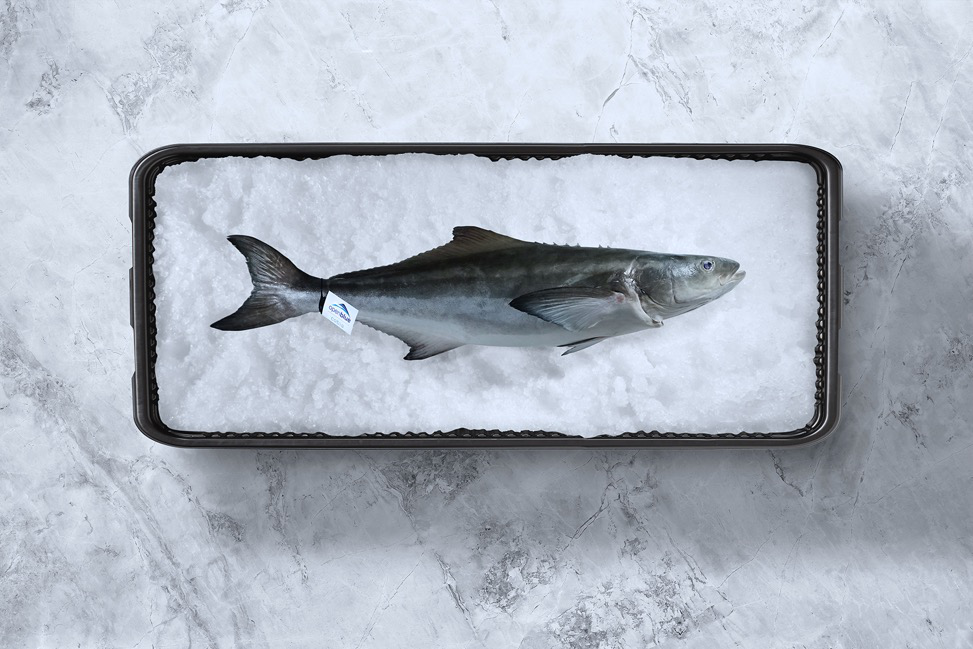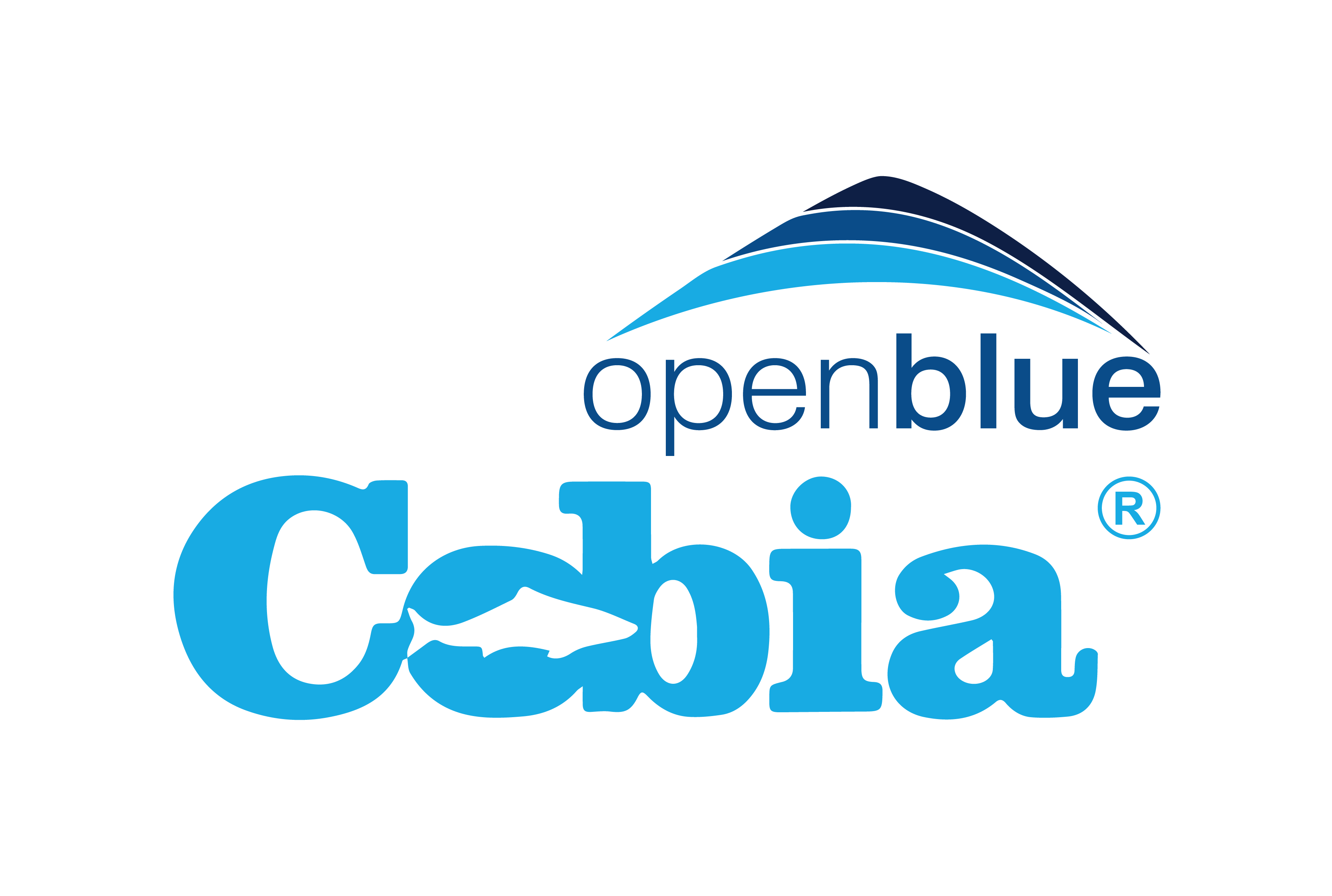
Cobia vs. Ling: Similarities and Differences Between These Pelagic Fish

Cobia and ling are two types of fish you might hear about at the fish market or on a fishing trip. While similar in some ways, they are definitely not the same. Though these species are both impressive pelagic fish (meaning they live in the open ocean), they have some key differences. Let’s untangle the similarities and set the record straight.
Similarities That Can Cause Confusion:
- Looks:Both Cobia and ling have elongated bodies and a dark brown color on their backs, sometimes with lighter bellies. This can lead to some confusion, especially for younger fish.
- Habitat:Cobia and ling prefer warm, sunny waters. You’ll find them cruising the open ocean, often near floating objects like seaweed or debris.
- Delicious Dinner:Both Cobia and ling are prized for their mild, flavorful flesh. They’re a fantastic catch for anglers and a delightful option for seafood lovers.
Where They Differ:
- Species: Cobia fishis a single species, Rachycentron canadum, while “ling” can refer to a few different fish depending on location. In the Atlantic and Pacific Oceans, ling typically refers to the Ophiodon elongatus (Longtail Hake). However, in the Gulf of Mexico and parts of the Atlantic, “ling” is a common name for Cobia. This is where things get tricky.
- Fins:Take a closer look at the dorsal fin (the one on the back). Cobia have distinct spines at the front of their dorsal fins, while ling have softer rays all the way along.
- Size:Cobia can grow to be much larger than ling. An average Cobia weighs around 30 pounds, while ling typically stays under 10 pounds.
So How Do You Tell Them Apart?
- Location:If you’re in the Gulf of Mexico or some parts of the Atlantic, “ling” likely refers to Cobia. Everywhere else, it’s more likely to be a different species.
- Fin Check:Look for those spiny rays at the front of the dorsal fin. That’s a telltale sign of a Cobia.
- Ask the Expert:When in doubt, don’t hesitate to ask your fishmonger. They can help you identify the exact species you’re looking at.
Open Blue: The Cobia Connoisseurs
At Open Blue, we are the pioneers in open-ocean aquaculture, raising Cobia in deepwater, offshore systems. This method offers several advantages:
- Environmentally Friendly:Open Blue’s farms are located far from sensitive coastal areas, minimizing impact on surrounding ecosystems. We also maintain a protected zone around the farms, ensuring a healthy habitat for marine life.
- Sustainable Practices:Open Blue prioritizes responsible fish farming. Our Cobia are raised without antibiotics or growth hormones, making them a healthy and ethical choice.
- Freshness Delivered:Once harvested, Open Blue’s Cobia are flash frozen at peak freshness, locking in their flavor and texture. This ensures a delicious and consistent product, no matter where you live.

By choosing Open Blue Cobia, you’re supporting a company that prioritizes sustainability and quality. So next time you’re looking to add a delicious and healthy whitefish to your menu, look for Open Blue Cobia. For customers who are concerned about environmentally friendly sourced fish, you can assure them they will love the buttery, mild taste.
Experience the difference that sustainable seafood can make. Contact Open Blue today to learn more about our Cobia fish supplier distributors, innovative fish aquaculture farms, and delicious Cobia fish fillet.

